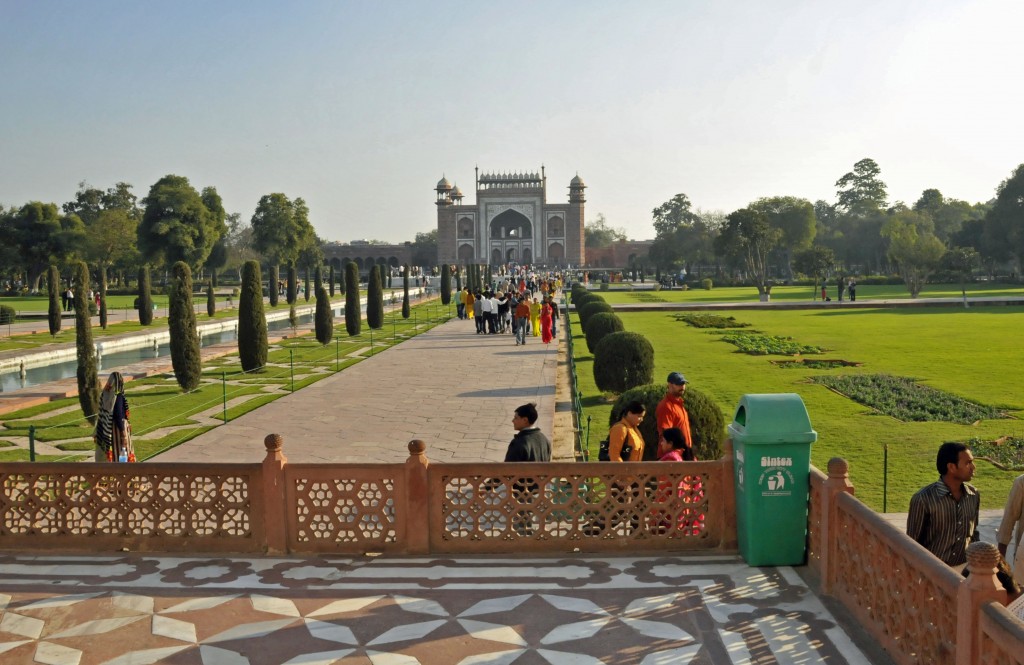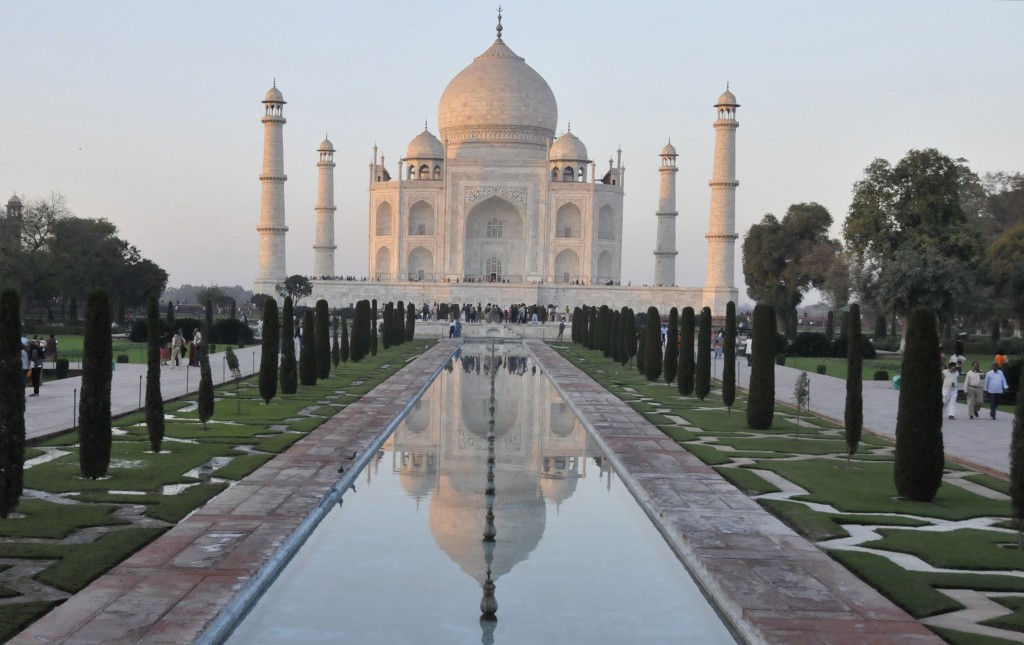A Nat King Cole love song reciting the splendors of the Taj Mahal is entitled “Magnificent Obsession.” That is an apt description of the story about what many consider the world’s most beautiful building and its builder who, for years, could not look at another.
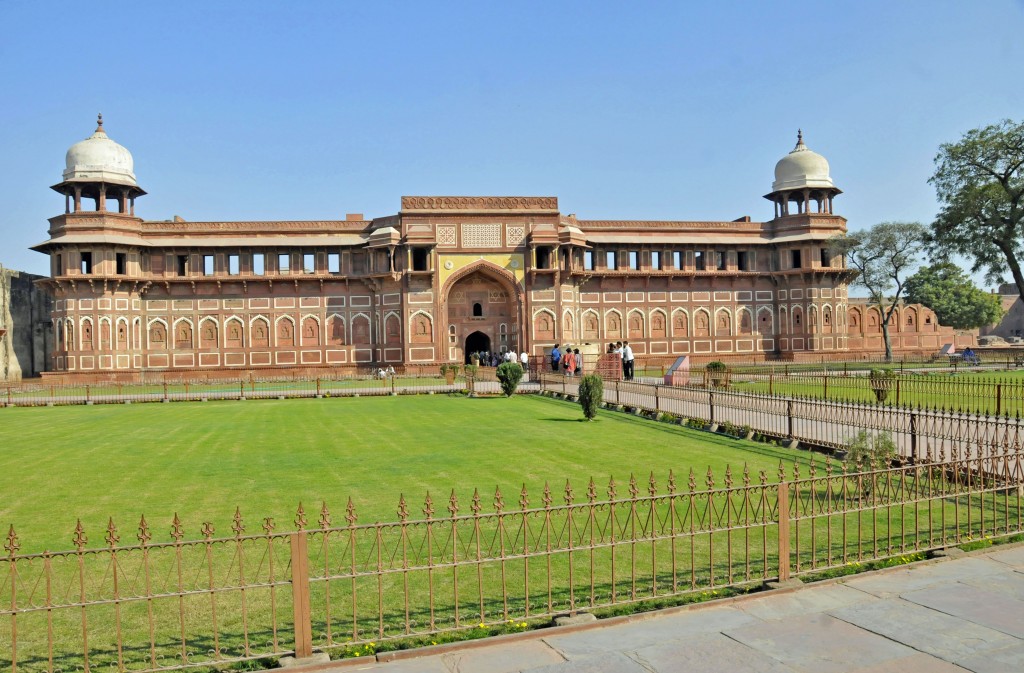
Shah Jahan, ruler of the Mughal Empire of northern India, built the Taj Mahal as a mausoleum for his favorite wife, Mumtaz, who died during the birth of their 14th child in 1631. More than a thousand elephants and 20,000 workers were used during its construction, which began in 1632 and continued for more than 20 years. Building materials were brought in from all over Asia and the architectural style blended themes from Persia, Turkey and India. The four minarets at the corners were slanted a few degrees away from the vertical. Whether this was to make sure they do not fall into the building or to create the illusion of being vertical when seen from a distance depends on which guide provides the explanation.
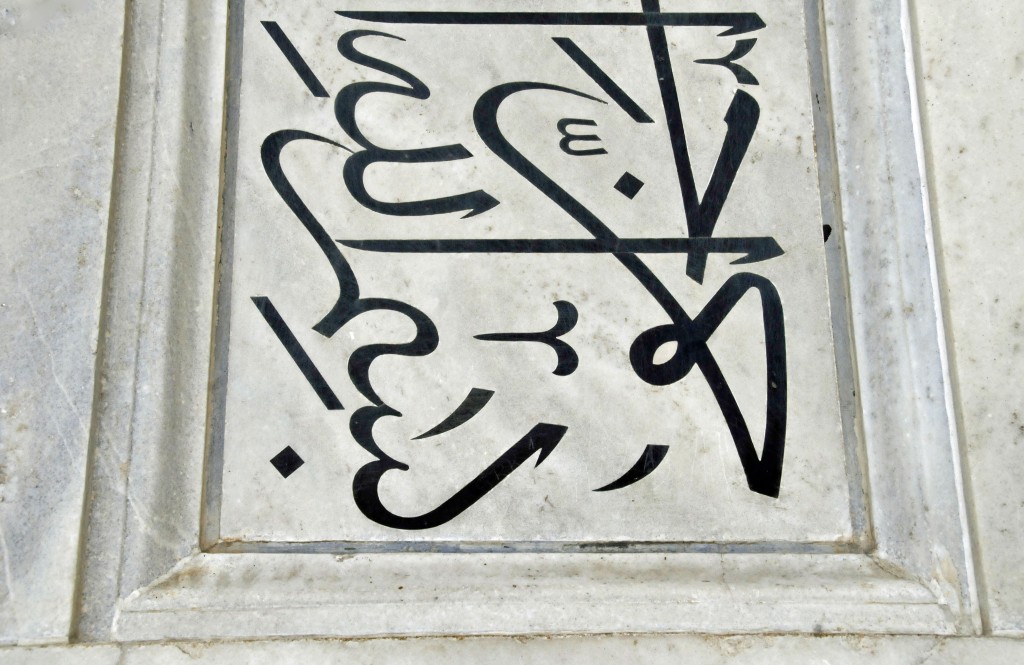
The design of the Taj Mahal and its surrounding gardens evoked the beauty and serenity of Islamic ideas of paradise, ideas also suggested in the 25 quotations from the Koran inlaid in black marble calligraphy on white plaques along the entrance to the room that holds Mumtaz’s sarcophagus. An alternative view of the afterlife is on display nearby, along the sacred Yamuna River on which the Taj Mahal sits. On the banks of this river, Hindus have long cremated their dead, sending their souls back to the gods to be used again. This juxtaposition of different ideas of immortality would have pleased Shah Jahan’s grandfather, Akbar the Great, who spent much of his later life promoting religious understanding and tolerance in his multi-cultural empire.
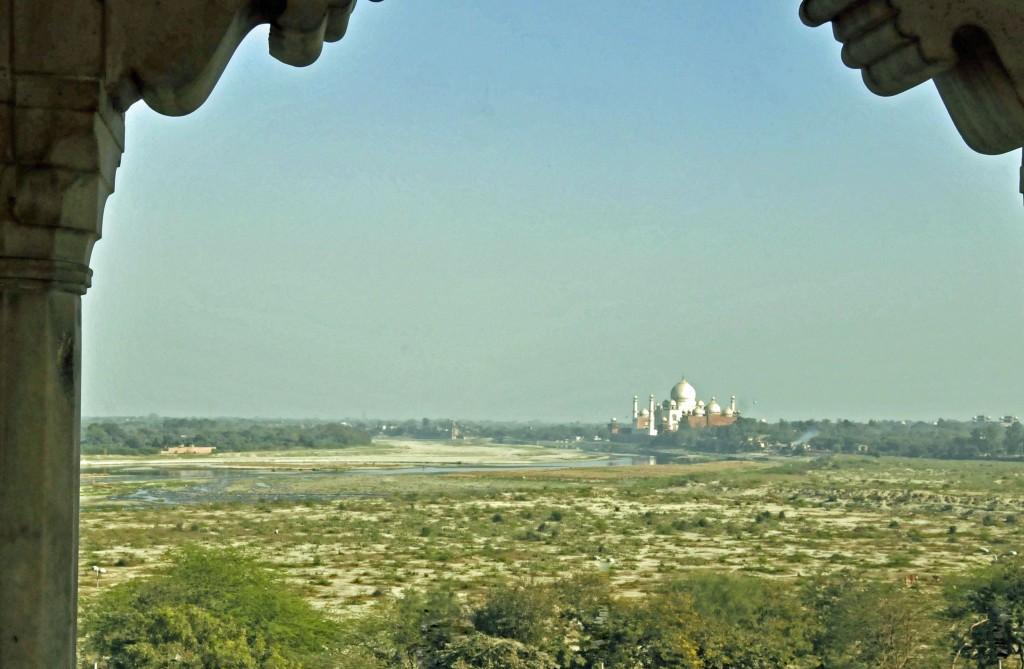
In 1658, shortly after Shah Jahan had completed the Taj Mahal, he was deposed by his third son, Aurangzeb, who threw his ailing father into the Agra Fort, a picturesque fortress along the Yamuna River. Looking out the single window in his room, Shah Jahan could see only the wide expanse of the river and the Taj Mahal downstream to the right. And so, day after day for eight years, the once powerful emperor stared at his masterpiece, remembered his favorite wife and dreamed of paradise. When he died in 1666, his body was floated down the river in a simple casket and laid in the Taj Mahal next to Mumtaz, his head turned in the direction of Mecca. Today, more than three million people travel each year to Agra to gaze upon Shah Jahan’s magnificent obsession and look through the window from which he longed for it.
